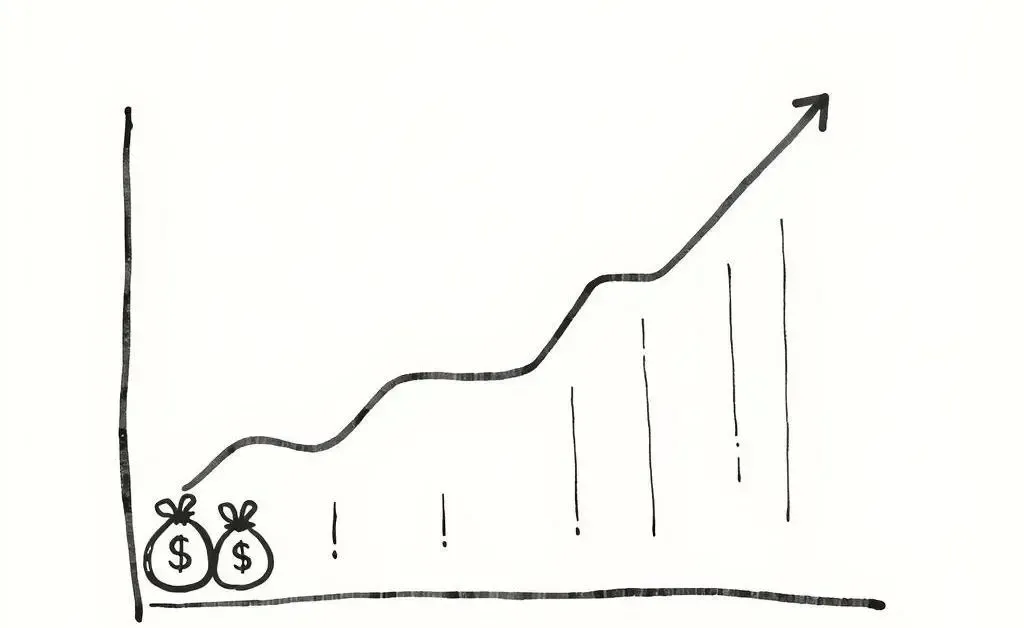How to Assess a Good Commercial Real Estate Deal: Essential Tips for Success
Learn the key factors to evaluate commercial real estate investments effectively with our friendly and practical guide.

Ever wonder what it takes to turn a commercial real estate deal into a profitable investment? You're not alone. Navigating the complexities of property evaluation can be as intricate as a good mystery novel, revealing clues one page at a time.
What Goes into a Good Commercial Deal?
The first thing to realize is that a good commercial deal doesn't just magically appear—it’s assessed and cultivated. Let's break down the steps below:
- Understand Your Market: Dive deep into local market trends. Is the area experiencing growth? Forbes suggests areas with increasing population or business relocation are prime spots.
- Perform a Financial Analysis: Analyze cash flow projections, income, and expenses. Can you estimate the return on investment (ROI)? A friend once backed out of a deal when they realized their hopeful ROI depended on unrealistic assumptions.
- Location, Location, Location: No surprise here! But remember, the best location aligns with tenant demand and property type, whether it's retail, office, or industrial.
- Consider the Physical Property: Inspect everything, from zoning laws to the state of the HVAC systems. Surprises here lead to doubled expenses later.

The Pros and Cons of Investing
Let me share a tale from a buddy who invested in an office building that seemed dreamy but ended with surprising headaches. They learned, painfully, that inadequate parking was a major turn-off for tenants who expect convenience.
To help avoid such scenarios, weigh each opportunity’s pros and cons meticulously. You'll want to ask:
- Pros: Does the property show potential for long-term gains or is it already cash-flow positive?
- Cons: Are there hidden costs, like maintenance timelines that, if ignored, could turn your asset into a money pit?

From Crunching Numbers to Calculated Risks
When you're in the zone, details matter. Using data-driven approaches makes those risks less daunting. Calculate the cap rate, the net present value (NPV), and the internal rate of return (IRR) of each potential investment.
Don't worry; you don't have to go it alone. Engage with professionals, like real estate appraisers or financial advisors, to gain insights that might be out of your wheelhouse. And always keep a keen eye on growth indicators.

Final Thoughts
Every so often, you might need to step back and ask yourself: Is this investment aligned with my goals? Investing in commercial real estate can indeed be a rewarding adventure when meticulously assessed.
What factor do you find most crucial when evaluating a potential real estate deal? Let’s explore this together!




